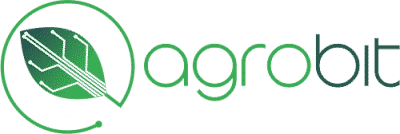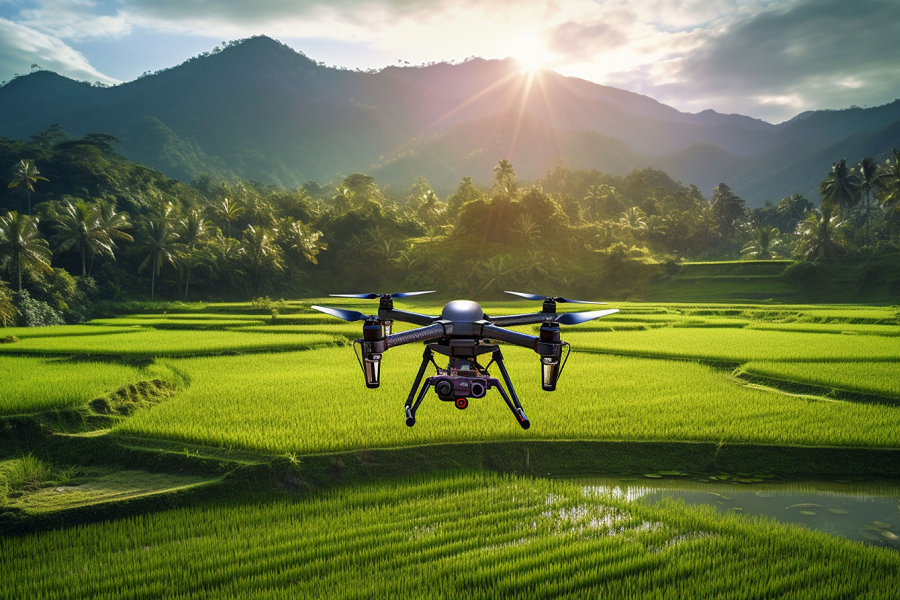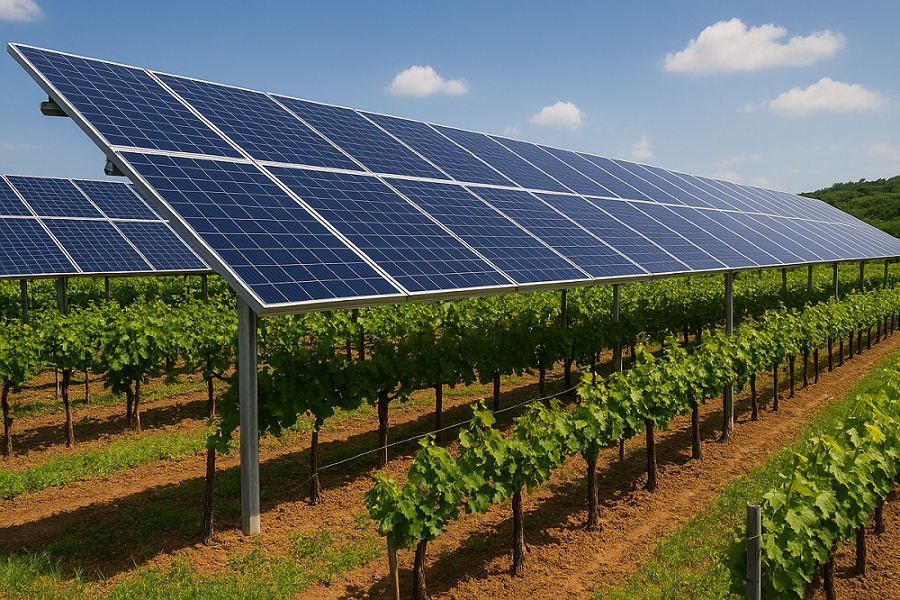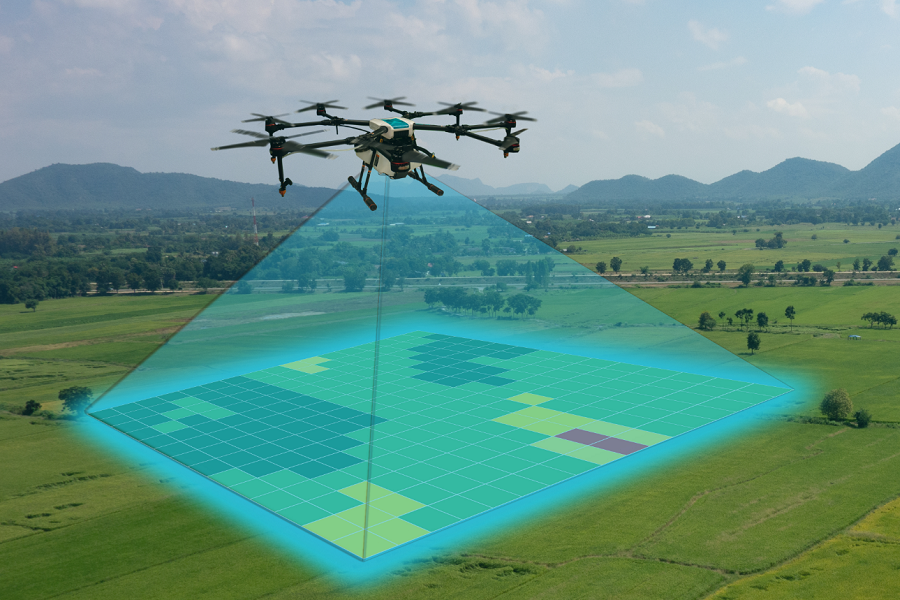by Antonio Donnangelo
Share
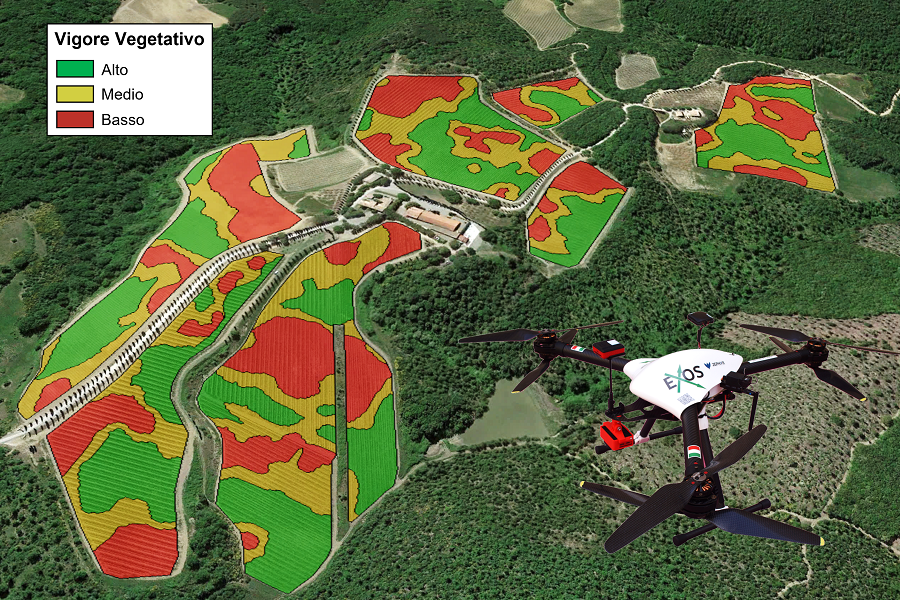
Introduction
The use of drones in agriculture has grown rapidly in recent years, transforming the way agronomists can monitor and manage crops. This evolution continues steadily as sensors are improved, flight range is increased, and artificial intelligence algorithms are developed to analyze the data collected.
In traditional agriculture, monitoring of crops to identify any problems or signs of disease is mainly done visually or through predictive models. With the use of drones, on the other hand, a detailed aerial view of cultivated fields can be obtained through specific sensors, capturing high-resolution images, detecting parameters such as water stress, differences in vigor, outbreaks of certain types of diseases and other issues.
Through the integration of this advanced monitoring technology with professional knowledge and visual assessments on the ground, drones can be used as a powerful agronomic survey tool, providing valuable support to the agronomist for a range of activities (Fig. 1).
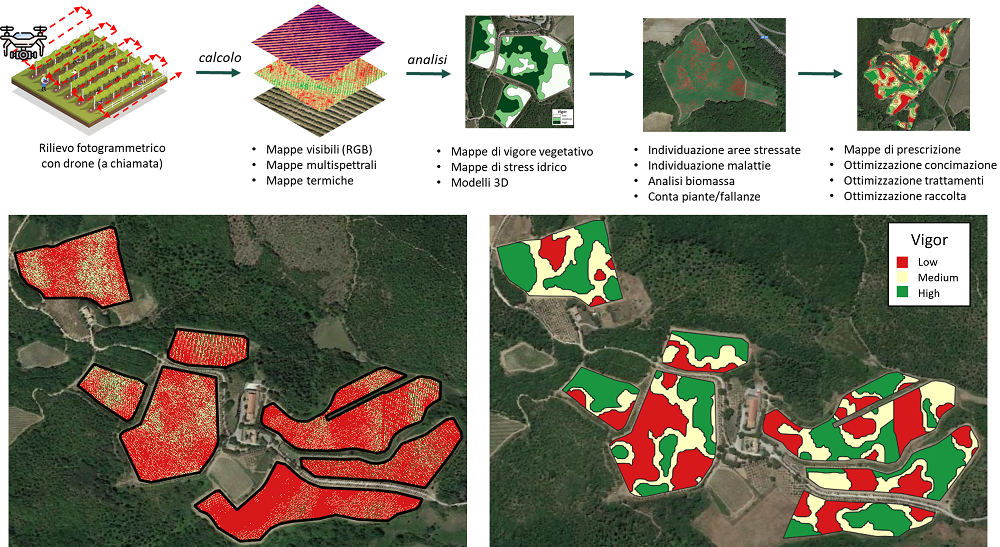
Fig.1: Drone workflow in agriculture (top), vineyard vigor map (left) and vegetative vigor zoning in 3 classes (right)
iDrone: the drone as a powerful ally of the agronomist
Thanks to many years of experience in the field, Agrobit offers the iDrone to help optimize the work of the farmer, agronomist and agrotechnician by reducing investigation time and costs through the following methods:
1. Aerial Photogrammetry.
Drones can be used to conduct aerial visual monitoring of crops, enabling technicians to obtain and history a comprehensive and detailed view of plant conditions on a large scale.
With visible remote sensing images from drone, it is possible to obtain:
- Visible maps (RGB), through which the vegetated area can be measured, plants or failures counted (Fig. 2), crops visually inspected
- 3D models (Fig. 2) of the crops and plot, through which crop biomass can be measured
- Digital elevation models (DEM, DSM), which are also useful when designing new agricultural or irrigation facilities
Repeating several flights during the season can enable technicians to assess plant growth trends and make any adjustments to crop operations.
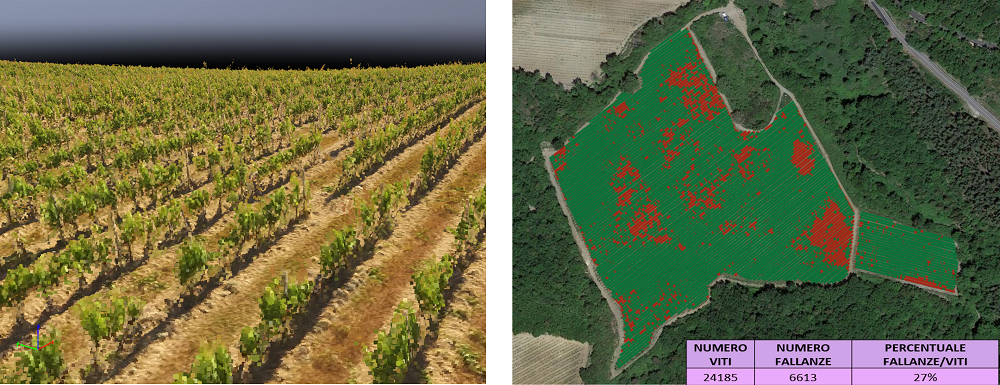
Fig. 2: 3D model of a vineyard (left) and plant and failure counts (right).
2. Multispectral maps
Vigor maps are tools used in agriculture to assess the health and vitality of crops in a detailed and spatially accurate manner. These maps provide information on plant vigor, which can be related to several factors such as plant health, growth, nutrient uptake, and water stress.
Using multispectral remote sensing drone imagery and the use of vegetation indices, it is possible to obtain:
- Vigor maps (indices: NDVI, OSAVI), which allow plots to be discriminated between more vigorous and less vigorous areas
- Chlorophyll maps (indices: GNDVI, NDRE, MCARI, TCARI), to identify stressed and deficient areas
- Anthocyanin and carotenoid maps (indices: ARI, CRI), to detect possible stresses due to senescence
Depending on the need, this information can be translated into prescription maps useful, for example, to carry out fertilization, treatment or differentiated harvesting.
3. Heat maps.
Water stress maps provide spatially detailed information on the level of water stress of plants, enabling technicians to make informed decisions on water resource management and irrigation, for example by setting a precision irrigation system based on water stress zoning.
Using remote sensing thermal imagery from drone and the use of vegetation indices, it is possible to obtain:
- Water stress maps (indices: CWSI, NDWI, PRI), to identify water stresses or water deficiencies in plants
- Soil temperature maps, also useful for detecting waterlogging
Conclusions
In summary, with the use of drones, it is possible to carry out accurate mapping of cultivated fields due to greater efficiency and timeliness than other manual surveys. Drones can fly over fairly large areas, collecting topographic, thermal, and multispectral data to provide detailed information on the status of crops in a way that enable technicians to make more informed crop management decisions.
These technologies enable the technician to optimize production, reduce waste, and improve efficiency in the application of agricultural inputs, ensuring a faster response to problems such as disease and pests. In addition, they allow for precise identification of variability within the plot, enabling the technician to plan appropriate strategies to reduce such variability (differentiated fertilization), or suggest a strategy of differentiated harvesting of fruit afferent to zones with different vigor characteristics, the purpose of improving the final product (separate harvesting according to ripening stage).
In the area of phytosanitary treatments, drone technology can also make a great contribution that goes in the direction of the European Green Deal and the Farm-to-Fork strategy, which aim to reduce chemical inputs by 50 percent by 2030 and to achieve increasing economic, environmental and social sustainability for the agricultural sector . In fact, drone maps and 3-D models make it possible to analyze the biometric characteristics of plants such as thickness, height and volume, enabling the creation of prescription maps for differentiated treatments based on the actual vegetative development of the plants. This is also in line with the release of new crop protection products that express the dose no longer only in kg/ha or ml/hl but also in per kg of product per leaf area (Leaf Wall Area), i.e., in kg/10,000 m^2 LWA.
